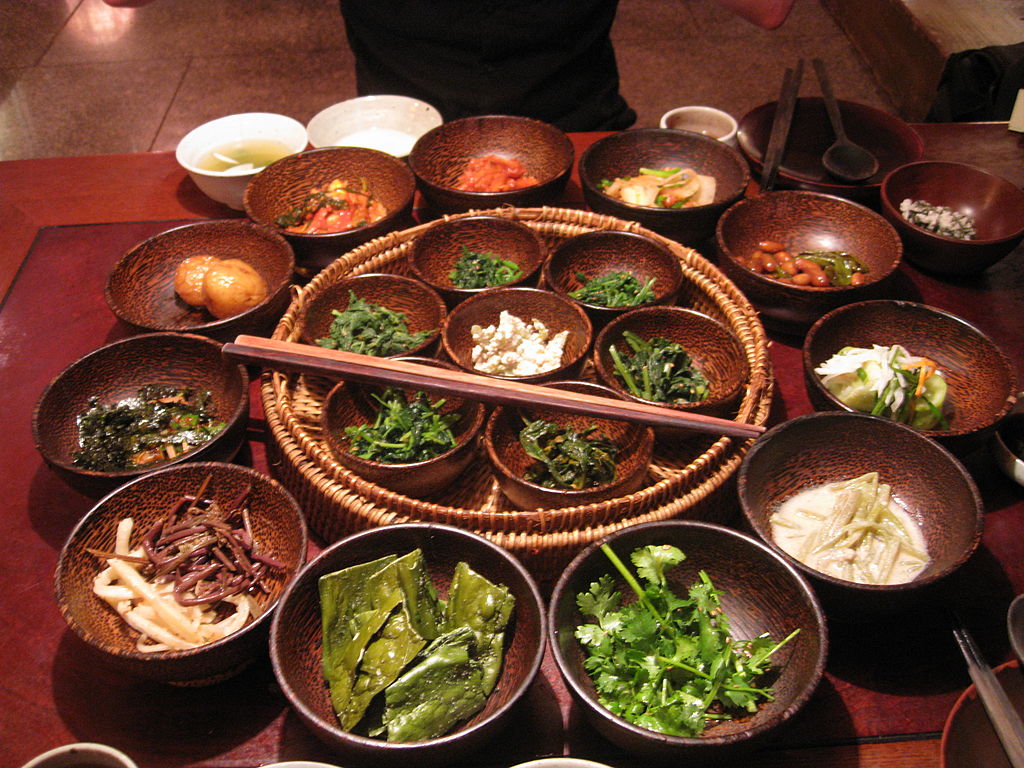
Keeping up with your diet can be difficult while traveling. By diet, of course, we don’t mean only an eating regimen designed to help you reduce weight, but any and all eating regimens. Additional complications arise when you travel, as there is a limited amount of food that you can bring with you. So, how can we keep eating healthy while traveling? We thought you’d never ask.
Junk food
Let’s get the obvious one out of the way first – you should avoid buying chips, candy, soda and other things with a high concentration of sugar and trans-fats. You wouldn’t buy them at home, so there is no reason to do so while traveling. If you have to eat something wrapped up in plastic, make sure you read the nutritional content on the back of the packaging. They are required to give you proper info on the calories and the amount of sugar, fat and protein your snack has.
Healthy Non-perishables
 Here’s the main course – healthy food that doesn’t have a short shelf life. Does such a thing even exist? Why, yes it does. One such option are trail mixes. They are filled with various nuts, and the nuts last for a very long time, in addition to being outstandingly nutritious.
Here’s the main course – healthy food that doesn’t have a short shelf life. Does such a thing even exist? Why, yes it does. One such option are trail mixes. They are filled with various nuts, and the nuts last for a very long time, in addition to being outstandingly nutritious.
Another breakfast option to consider is cereal. Make sure the cereal of your choice isn’t packed to the brim with sugar, and you are good to go. These babies will not go bad for a long time, especially if they are properly packaged. Find some milk and voilà! You have yourself a healthy and nutritious breakfast.
Protein bars and granola bars are a good snack on the go. They are used by athletes and hikers as a quick way to recharge your batteries without the trouble of preparing food.
Local Food
 Here is where it gets tricky, as you can’t always ask for nutritional information after you’ve purchased a local delicacy. If you can’t get a hold of fresh produce and meat at the local supermarket, rely on your own supply. If you are at a hotel, ask the staff to point you in the direction of a restaurant that will suit your dietary needs. If no such restaurant is available, you can always forage through the breakfast buffet, as they usually provide several options.
Here is where it gets tricky, as you can’t always ask for nutritional information after you’ve purchased a local delicacy. If you can’t get a hold of fresh produce and meat at the local supermarket, rely on your own supply. If you are at a hotel, ask the staff to point you in the direction of a restaurant that will suit your dietary needs. If no such restaurant is available, you can always forage through the breakfast buffet, as they usually provide several options.
Do not go for the food vendors on the streets, since there is absolutely no way to find out what kind of ingredients they are using. There is a big difference in vegetable oil, fat, olive oil and different kinds of tap water used for boiling food on the spot. Additionally, you can’t be certain that they are fulfilling their health code requirements.
